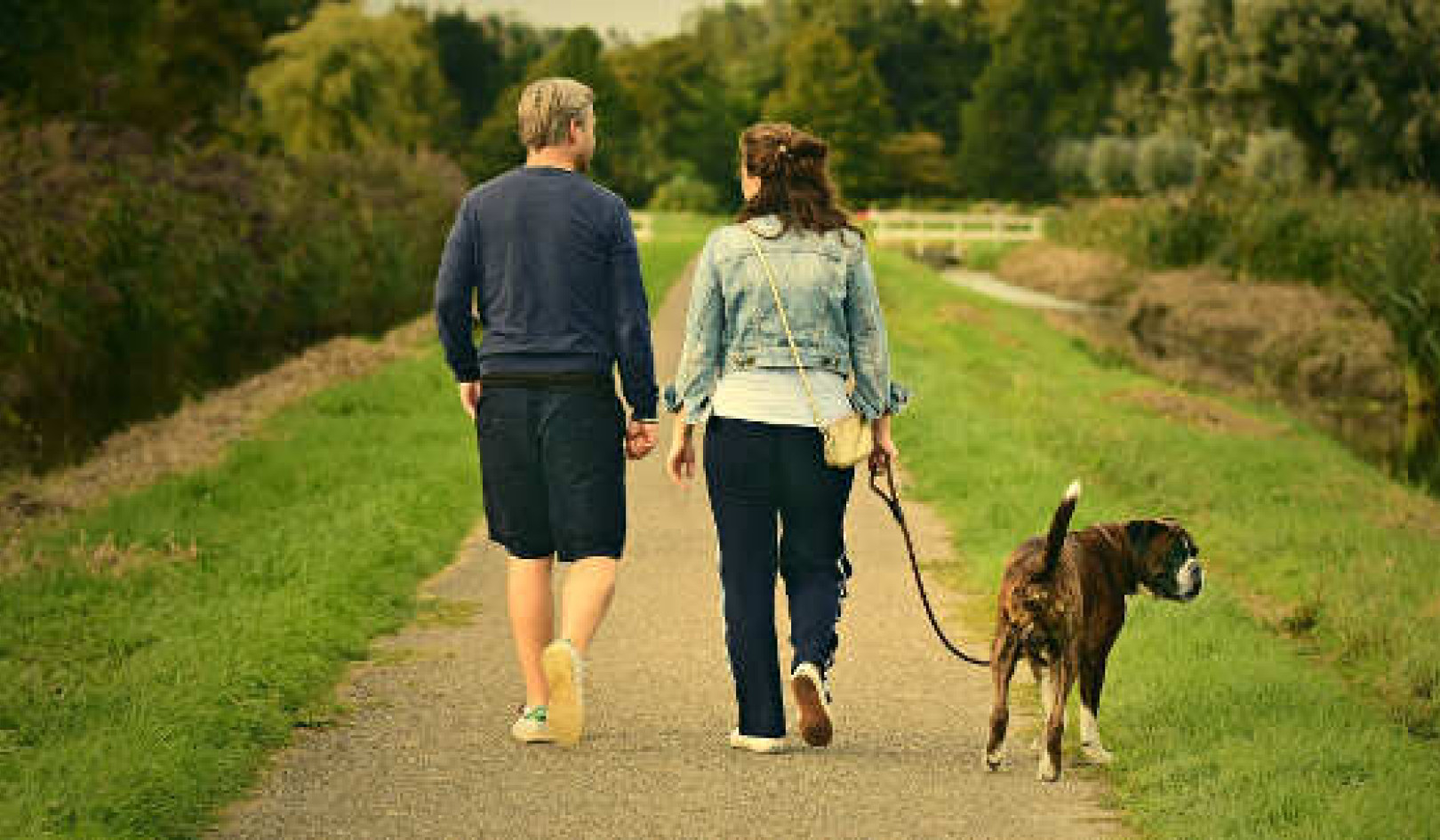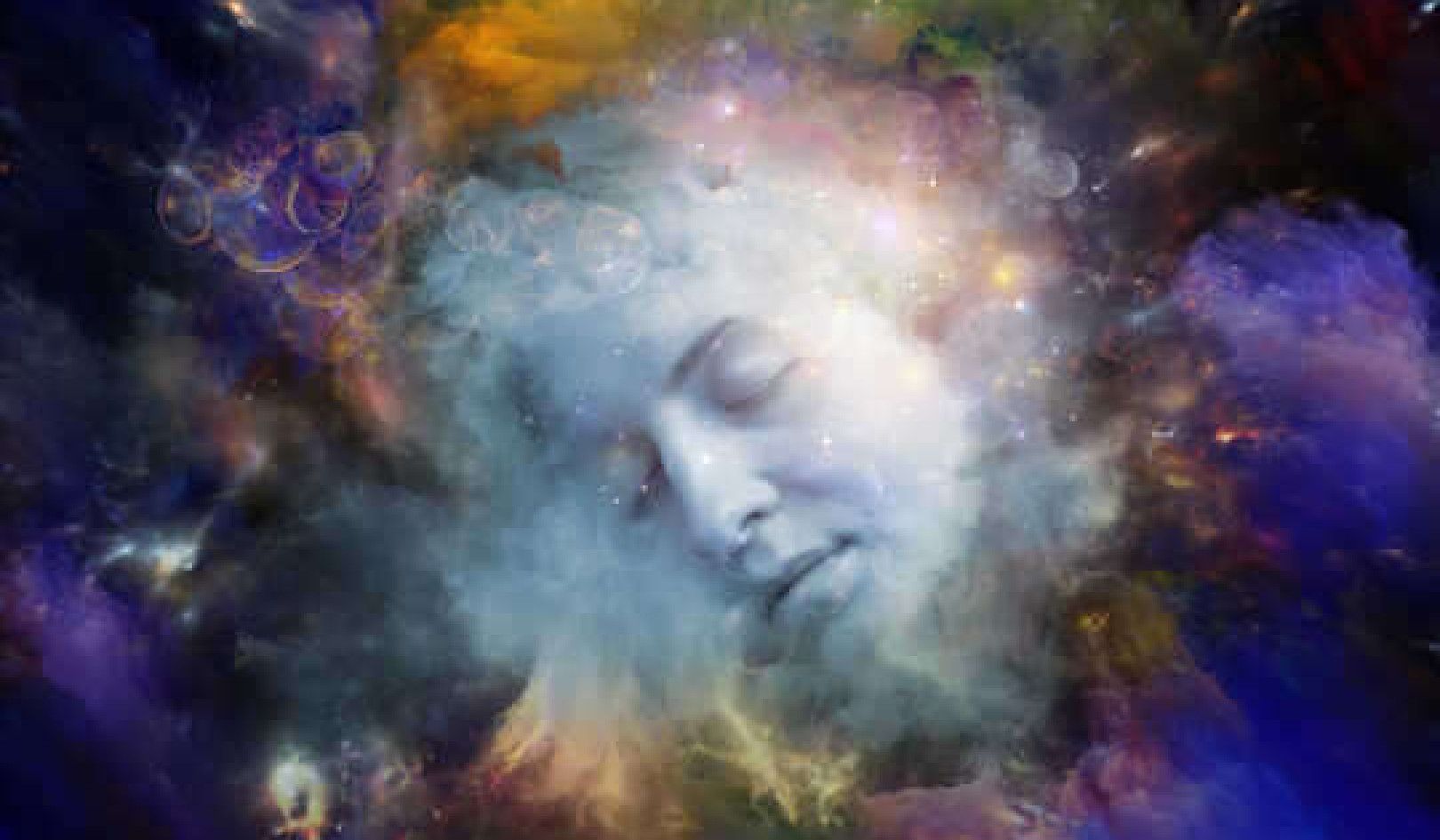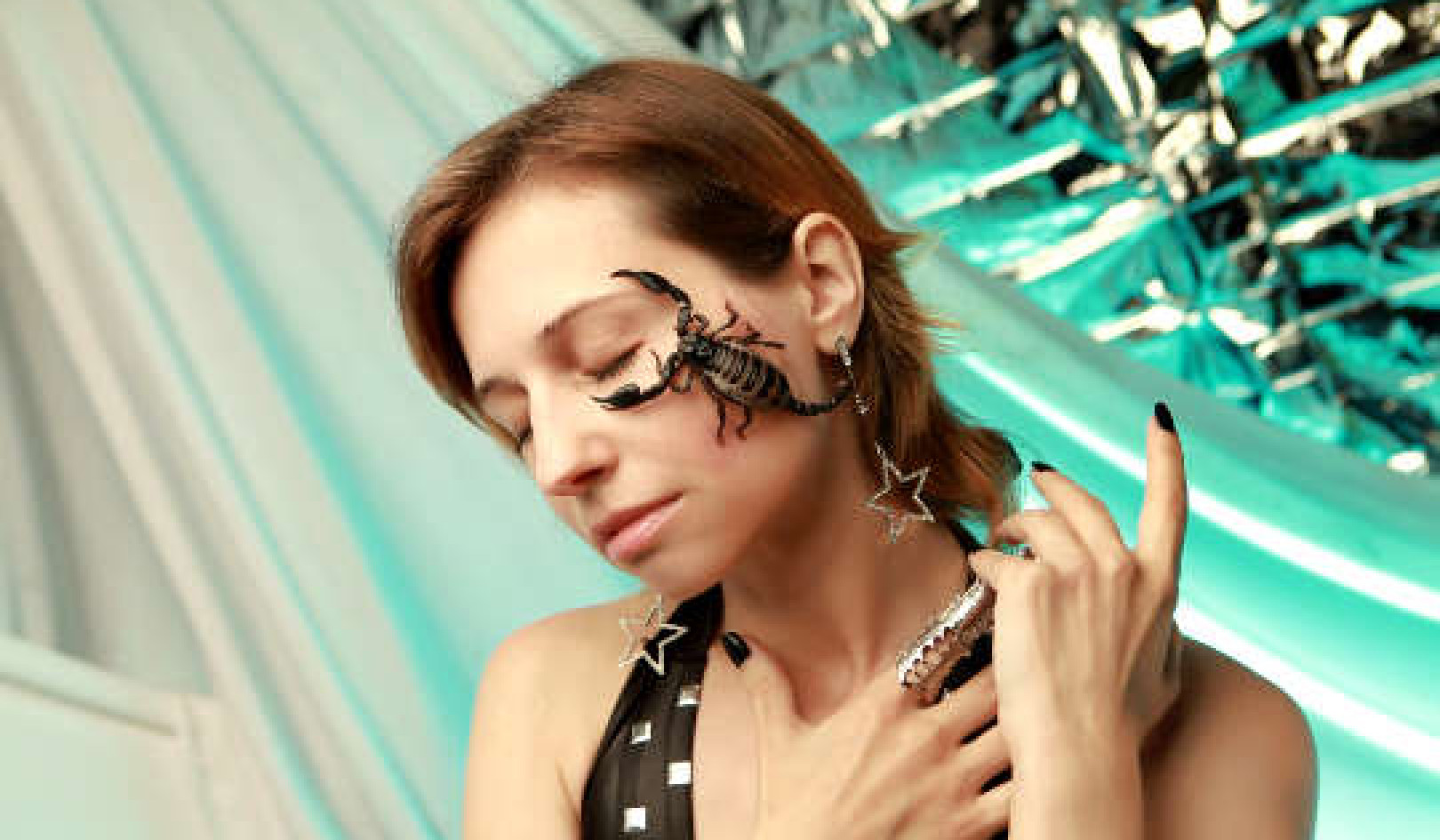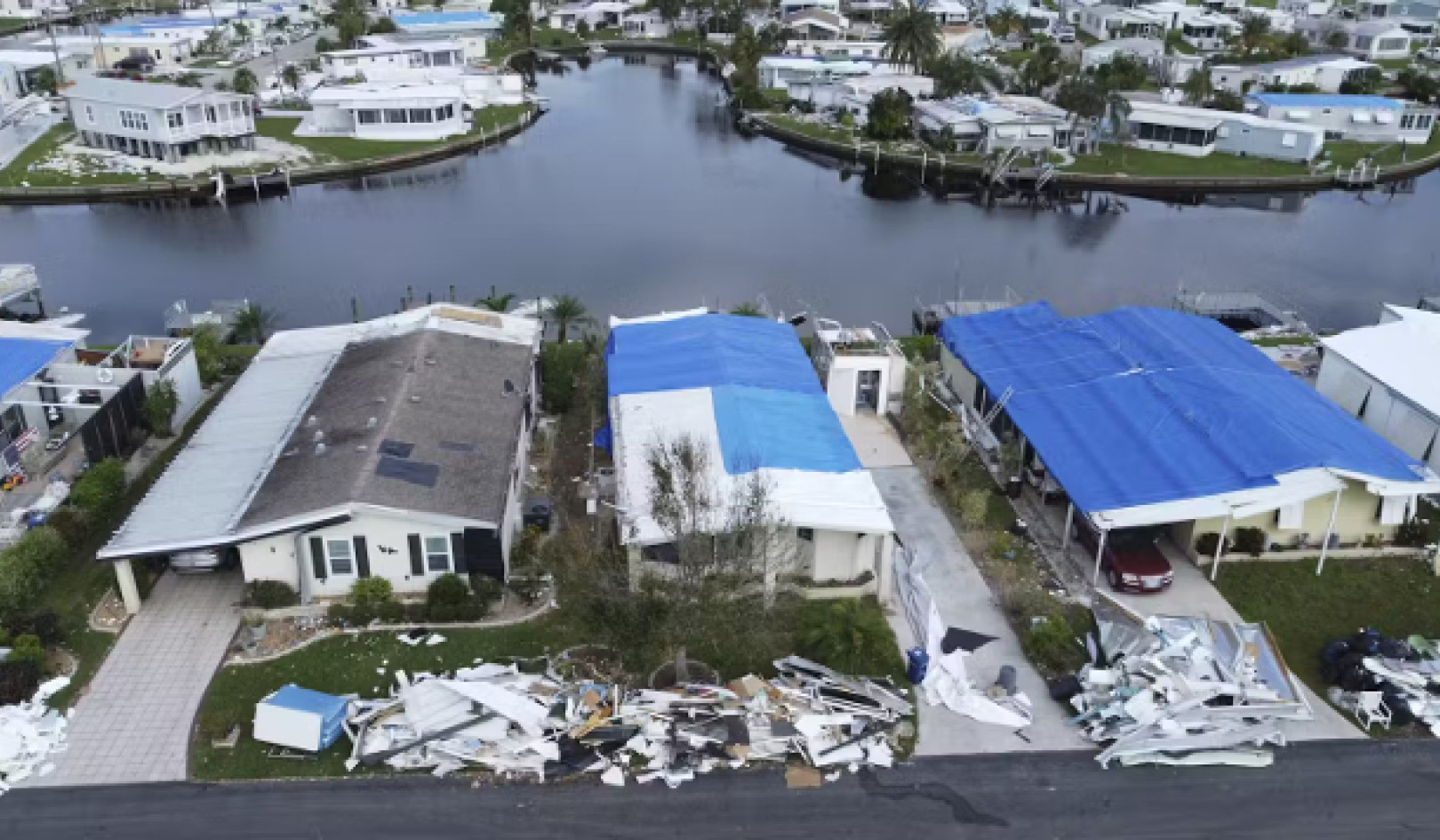
Image by PIRO4D
Wholeness does not mean perfection:
it means embracing brokenness as an integral part of life.
— PARKER J. PALMER, activist and author,
in A Hidden Wholeness: The Journey toward an Undivided Life
"Wholehearted loving” has such a lovely sound to it. It conjures up heartful images of unconditional support, acceptance, and caring between two people who are themselves whole. Having left disconnection, misunderstanding, and reactivity behind, together they create a sphere of perfect love for one another.
Here is the trouble with that image. The concept of wholeheartedness is a lot like love; it’s a feeling that comes and goes. We may work hard to be wholehearted, and, as with any other kind of fitness, the more one works at it, the better one gets. Still, it isn’t a cure for the human condition, which includes ambivalence about most things (including our relationships) and days when we’re more aware of feeling broken than whole. Or to use a quote I recently saw in a cartoon of a woman in a yoga position: “I meditate, I do yoga, I garden and drink green tea, and still I want to smack some people.”
Recognizing Wholeheartedness
Before we can talk about what wholehearted love is, we need to understand what wholeheartedness itself is. While I was writing this chapter and pondering the meaning of this term, a government shutdown threw the country into chaos, perhaps most obviously at the airports. I had just checked out of my hotel in Washington, DC, to take a plane to Detroit. The man standing in line next to me was also going to the airport, and I remember his comment: “This is going to be a nightmare. Hundreds of people, and no one to check them in.”
He was partially right. There was one huge check-in line for the entire airport with very few staff to move people through. Mixed together were families from India with overflowing carry-ons and backpacks, three brothers from Nigeria, and an elegant woman from Thailand who didn’t speak English. There were women with headscarves, men with Afros, and businessmen in suits. It was a melting pot for sure, but instead of the expected angry faces and loud protests, something else happened that morning. The spirit of helpfulness was palpable, and no one complained even though some flights were being missed or canceled.
During the ninety minutes I stood in line, I saw several things unfold. A Muslim woman handed out apricot halal candy to a family from Guatemala with four kids. People chatted with one another, sharing their anxiety about missing flights and telling stories from their lives — about where they had come from and where they were going — more deeply and honestly than I’d ever heard strangers share. The Nigerian brothers insisted an older couple go in front of them and helped them with their large carry-ons as the line slowly moved forward. Many people thanked the few TSA staff for coming in to work that day without pay. Oxytocin — the “love hormone” — was in the air, and the spirit of goodwill was everywhere.
That is wholeheartedness. Out of life’s brokenness, its troubles, and impossibility, we come together to care for and support one another in authenticity and intention. We connected that day through our shared struggle about the disruption to our lives, the vulnerability we were feeling, and the kindness we showed to each other in the midst of a fiasco.
Why Doesn’t It Last?
As moving as the generous spirit at the airport was, inevitably even those wholehearted folks who stopped to thank the unpaid security staff would soon return to their separate little worlds and be back to forgetting to thank people and complaining about slow service, wherever they might be. Wholeheartedness is not a steady state of being.
Why do we experience moments of wholehearted care, where we show our best selves in airports or during snowstorms or after hurricanes, but so predictably retreat into our own self-serving worlds filled with grudges and reactivity? It’s because wholeheartedness is a practice. We must choose it consciously and consistently. Otherwise, we’ll reach for what’s easier: snap reactions rooted in fear and old patterns of behavior.
The more we practice wholeheartedness, the more we’ll be able to act in it. Just remember that at times, it can — and will — disappear. That’s a part of our human experience.
Tools of the Wholehearted
Like anything we hope to improve, be it the mind, body, or prowess at golf, there are practices we can use to support us as we work toward being more wholehearted. Here are five of the most valuable tools for you to use on your journey.
Tool #1: Owning Our Whole Story: The Best and the Hardest
In her book The Gifts of Imperfection: Let Go of Who You Think You’re Supposed to Be and Embrace Who You Are, Dr. Brené Brown says:
Owning our story can be hard but not nearly as difficult as spending our lives running from it. Embracing our vulnerabilities is risky but not nearly as dangerous as giving up on love and belonging and joy — the experiences that make us the most vulnerable. Only when we are brave enough to explore the darkness will we discover the infinite power of our light.
It is the courage to accept and to share our whole human journey, with all its imperfections, disappointments, troubles, and triumphs, that creates wholeheartedness.
Tool #2: Staying Vertical in a Horizontal World
Your entire life only happens in this moment. The present moment is life itself.
Yet people live as if the opposite were true and treat the present moment as
a stepping-stone to the next moment — a means to an end.
— ECKHART TOLLE, spiritual teacher and author of The Power of Now
As Eckhart Tolle reminds us, our lives happen in a given moment, not in the past or the future. I call the ability to stay in the present “being vertical in a horizontal world.”
In order to better understand this, imagine two lines: one horizontal and one vertical. The horizontal line represents your entire life: the beginning of the line is your birth; the end, your death. In between are all the events that occur in your life as well as the feelings and thoughts you have about them. These feelings and thoughts are based on your interpretations (stories you tell yourself) of what has happened or will happen. The stories, however, are not real; they are just your versions of events, which are based on how you feel at any given moment — they are how you interpret your history.
The vertical line, on the other hand, is not about the past or the future (or your interpretations of them). This line represents what is happening in any given moment. Spiritual practices, mindfulness techniques, or even a short walk remind us that we are more than the events, wounds, or dramas in our daily lives.
When we use our mindful practices to center ourselves in the midst of relationship drama, for example, we learn not to take things personally, such as our partner’s bad mood or disappointing news. We regulate our emotional responses quickly, which allows more empathy between us rather than the blame and judgment that always take us down a lost highway into more trouble.
Recently, I spent a day with a dear friend who has stage 4 cancer — sadly, his treatment options are running out. Surprisingly, though, this friend told me he is happier now than he has ever been, and he feels more engaged in his life. He said when he thinks about what is happening to his body (and his life), he panics and quickly becomes fearful and distressed. However, when he takes a deep, slow breath, he is reminded that right here, right now, he is alive, and the panic goes away. This moment is all he has, he reminds himself, and the moment is usually a good one.
To live wholeheartedly, we must find our way to this calm center within ourselves, even as life’s challenges and disappointments continue to test us. This allows us to manage how we react to others with thoughtful responses instead of knee-jerk, emotional ones. Fundamentally, this work is accomplished through a mindfulness practice. It helps us see everything differently, even in the middle of turmoil and old loops.
In the words of Nelson Mandela, “There is nothing like returning to a place that remains unchanged to find the ways in which you yourself have altered.”
Tool #3: The Breath and the Moment
We’ve all heard the notion of “taking a deep breath” before reacting when we’re upset, and many mindfulness teachers say we are the breath we inhale and exhale. It’s the ground that anchors us to both the horizontal journey of our outer lives and the vertical state of staying centered in our inner lives. It helps us “be in the moment,” which is the deepest meaning of mindfulness.
I find that when I start my day with a breathing exercise, I am much better prepared to meet whatever happens with calm and equanimity, two key components of wholeheartedness. Here is one of my favorites:
- Stand up straight, with your knees slightly bent. Bend forward at the waist, allowing your arms to hang limply toward the floor.
- Inhale deeply as you slowly roll your body up, vertebra by vertebra. Lift your head last.
- Slowly exhale as you return to your original position.
- Gently stretch your whole body.
- Repeat this exercise three times.
Tool #4: The Practice of Kindness
Metta, or “loving-kindness,” is a form of Buddhist meditation for sending well wishes to others, a wholehearted prayer expressing unconditional love. We extend metta not just to those who please us but to all beings, no matter how we feel about their actions. Variations of this sentiment can be found in most major religions in the world, including Christianity, Judaism, Hinduism, and Islam. Everywhere we look in spiritual teachings, we hear about the value of loving one another and treating others as we wish to be treated. This does not mean that any behavior is okay or that good boundaries and righteous anger don’t have a place in our lives. We have the right and responsibility to protest behavior we think is unethical or hurtful. But metta reminds us that every action, thought, and response can be practiced with kindness.
After the 2019 attacks on a mosque in Christchurch, New Zealand, where fifty people were killed and many more injured, members of a Zen center in the town of Nelson on the South Island read the following prayer at a memorial. A friend sent me a copy of the prayer, which is the essence of kindness:
May we awaken Buddha’s compassion and wisdom. Having offered incense, flowers, candlelight, and chanting, we offer all virtue and metta to the peace, well-being, and safe passage of all those whose lives were taken in the events of that day. To the peace and well-being of all those injured and affected by these acts. To the healing of the planners and perpetrators of all destructive actions whose damaged hearts and clouded minds have created endless suffering for the present and the future. May we all, with our acts of body, speech, and mind, dedicate ourselves to peacefulness.
Notice that the perpetrator was included in the prayer for healing. No matter what, the supplication wishes peace upon all beings.
©2020 by Linda Carroll. All Rights Reserved.
Excerpted with permission from the book, Love Skills.
Publisher: New World Library, www.newworldlibrary.com.
Article Source
Love Skills: The Keys to Unlocking Lasting, Wholehearted Love
by Linda Carroll Linda Carroll’s first book, Love Cycles, described the five stages of intimate relationships in detail, illuminating the behaviors associated with each stage and strategies for successfully navigating them. This companion workbook, Love Skills, is a practical guide to creating and maintaining a loving relationship. Exercises, activities, self-assessments, and other concrete tools allow readers to understand where they are in their relationship. Her well-researched practices help keep love alive in the midst of seemingly intractable differences, and specific, effective solutions to couples’ most common struggles provide a clear map for moving forward. (Also available as a Kindle edition.)
Linda Carroll’s first book, Love Cycles, described the five stages of intimate relationships in detail, illuminating the behaviors associated with each stage and strategies for successfully navigating them. This companion workbook, Love Skills, is a practical guide to creating and maintaining a loving relationship. Exercises, activities, self-assessments, and other concrete tools allow readers to understand where they are in their relationship. Her well-researched practices help keep love alive in the midst of seemingly intractable differences, and specific, effective solutions to couples’ most common struggles provide a clear map for moving forward. (Also available as a Kindle edition.)
Books by this Author
About the Author
 Linda Carroll, MS, LMFT, BCC , is a writer, therapist, seminar leader, keynote speaker, and private coach to couples, individuals, and families. Ahe present her “Love Cycles” program at the renowned Rancho la Puerta wellness retreat and other venues across the country. She also speaks about relationship issues on radio programs and podcasts, and writes for many online magazines. Visit Linda's website at https://lindaacarroll.com/
Linda Carroll, MS, LMFT, BCC , is a writer, therapist, seminar leader, keynote speaker, and private coach to couples, individuals, and families. Ahe present her “Love Cycles” program at the renowned Rancho la Puerta wellness retreat and other venues across the country. She also speaks about relationship issues on radio programs and podcasts, and writes for many online magazines. Visit Linda's website at https://lindaacarroll.com/






























